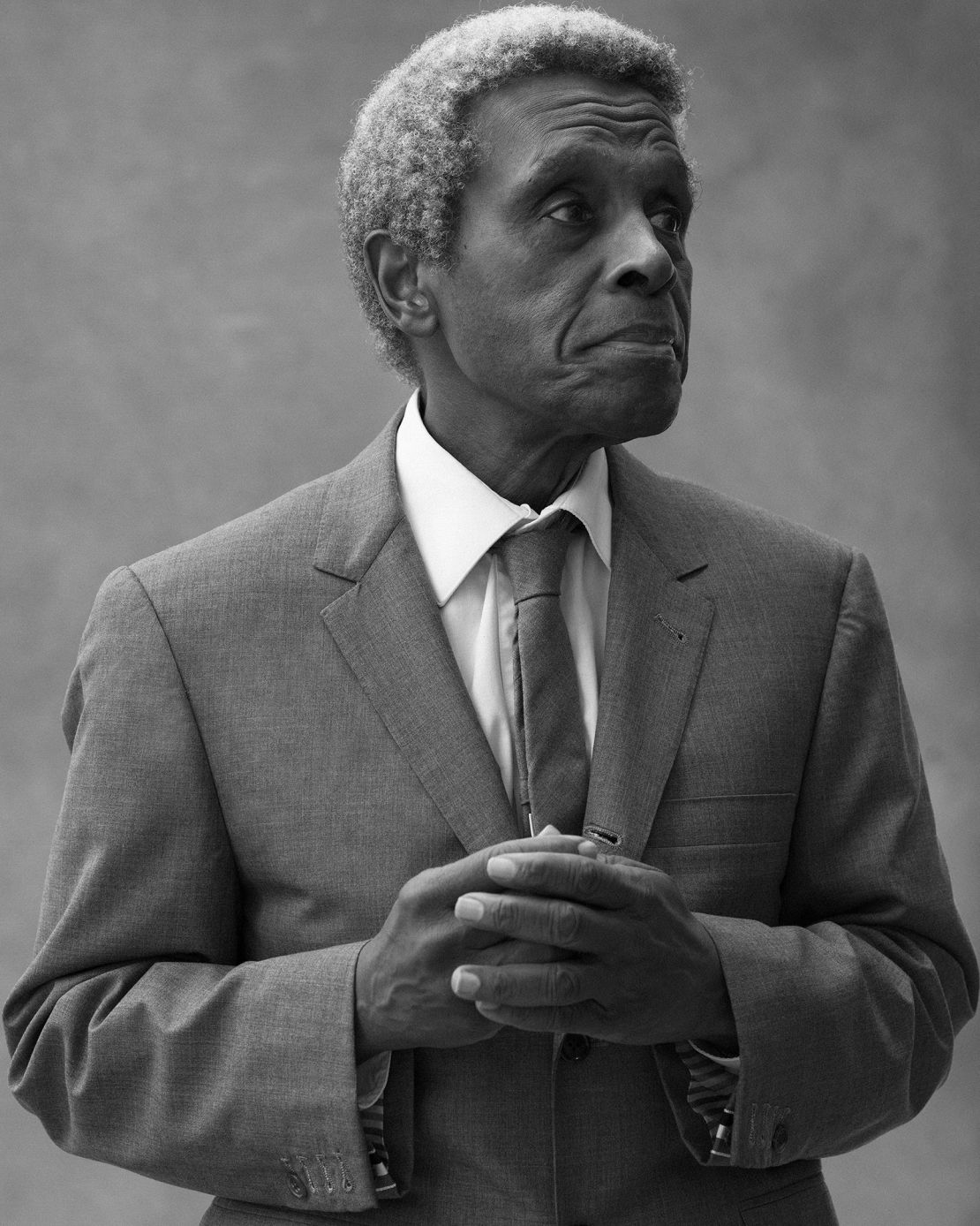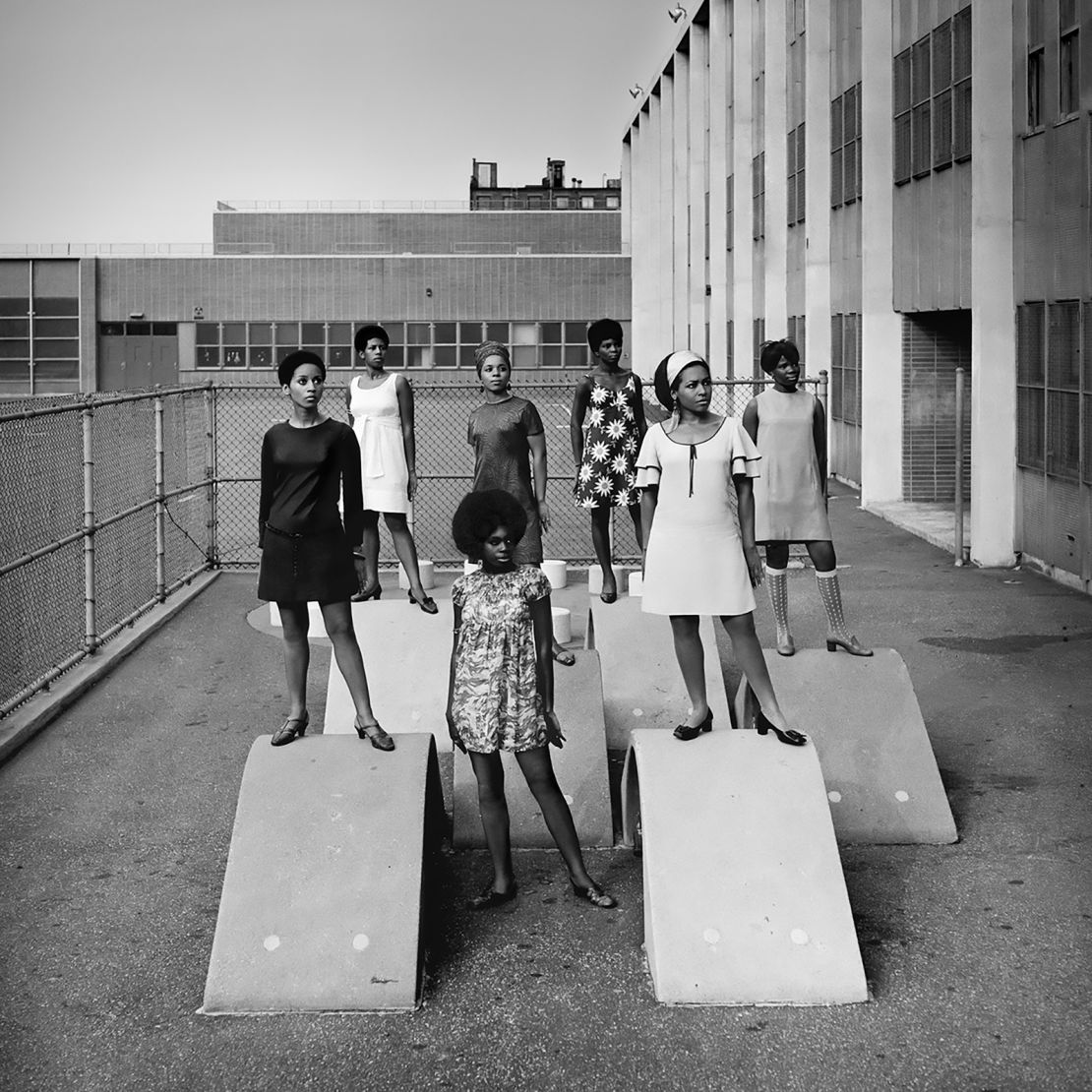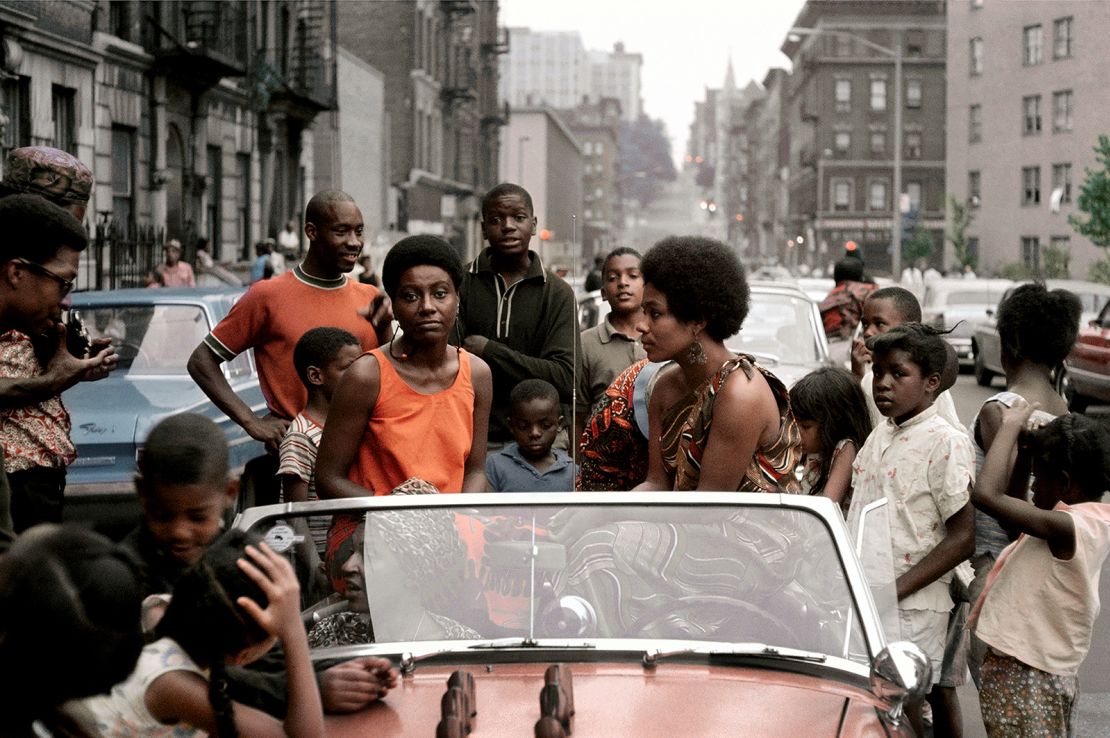Editor’s Note: This short article was initially released by The Art Paper , an editorial partner of CNN Design.
CNN –.
Kwame Brathwaite, the pioneering lobbyist and digital photographer whose work aided define the appearances of the “Black is Gorgeous” activity of the 1960 s and past, died on April 1, aged 85
His son, Kwame Brathwaite, Jr, introduced his father’s death in an Instagram message that reviewed partially, “I am deeply saddened to share that my Baba, the patriarch of our family, our rock and my hero has transitioned.”.
Brathwaite’s job has actually been the subject of resurgent interest from curators, historians and collection agencies over the last few years, and his initial significant institutional retrospective, which was organized by the Aperture Foundation, made its launching in 2019 at the Skirball Cultural Center in Los Angeles prior to touring the country.

Brathwaite was born in 1938 to Barbadian immigrants, in what he described as “the People’s Republic of Brooklyn” in New York, though his family members moved from there to Harlem and after that to the South Bronx when Brathwaite was 5 years old. He participated in the School of Industrial Art (now the Secondary school of Art and Layout) and, according to accounts of Brathwaite in T Magazine and Vice , was attracted to photography by 2 moments. The very first was in August of 1955, when a 17 -year-old Brathwaite ran into David Jackson’s haunting photo of a brutalized Emmett Till in his open coffin. The secondly remained in 1956, when– after he and his sibling Elombe co-founded the African Jazz Arts Society and Studios (AJASS)– Brathwaite saw a young man taking pictures in a dark jazz club without making use of a flash, and his mind ended up being alight with possibility.

Using a Hasselblad medium-format video camera, Brathwaite attempted to do the exact same, learning to deal with limited light in a way that enhanced the aesthetic story of his images. He would certainly soon also establish a darkroom technique that enriched and deepened just how Black skin would appear in his digital photography, sharpening the method in a tiny darkroom in his Harlem house. Brathwaite took place to photo jazz legends executing throughout the 1950 s and’ 60 s, consisting of Miles Davis, John Coltrane, Thelonious Monk and others.
” You intend to obtain the feeling, the state of mind that you’re experiencing when they’re playing,” Brathwaite informed Aperture Magazine in 2017 “That’s the important things. You want to record that.”.
By the very early 1960 s, together with the rest of AJASS, Brathwaite began using his digital photography and organizing prowess to purposely press back against whitewashed, Eurocentric elegance requirements. The group thought of the concept of the Grandassa Versions, young Black females whom Brathwaite would photo, celebrating and accentuating their features. In 1962, AJASS organized “Normally’ 62, a style program kept in a Harlem club called the Purple Chateau and including the versions. The show would certainly take place to be held on a regular basis until 1992 In 1966, Brathwaite married his wife Sikolo, a Grandassa Version whom he had met on the road the year prior when he asked if he might take her portrait. Both remained wedded for the rest of Brathwaite’s life.

By the 1970 s, Brathwaite’s focus on jazz moved to other forms of preferred Black songs. In 1974, he took a trip to Africa with the Jackson Five to document their excursion, also photographing the historical “Grumble in the Forest” boxing match in between Muhammad Ali and George Supervisor in what’s now the Democratic Republic of Congo that same year. Commissions in this era additionally saw Brathwaite photographing Nina Simone, Stevie Marvel, Sly and the Family Rock, Bob Marley and other music legends.
Throughout the taking place decades, Brathwaite remained to explore and develop his setting of digital photography, all through the lens of the “Black is Attractive” values. In 2016, Brathwaite joined the roster of Philip Martin Gallery in Los Angeles, and he was continuing to photo compensations as just recently as 2018, when he fired artist and stylist Joanne Petit-Frère for The New Yorker
T Magazine’s 2021 account, published on the occasion of Brathwaite’s retrospective taking a trip to the Blanton Museum of Art in Austin, Texas, kept in mind that the professional photographer’s health was falling short such that he was unable to be interviewed for the short article. A different event,” Kwame Brathwaite: Points Well Worth Waiting For ,” is currently shown at the Art Institute of Chicago, where it will certainly remain until July 24
Top photo: Kwame Brathwaite, “Untitled (Sikolo Brathwaite, Orange Portrait),” 1968